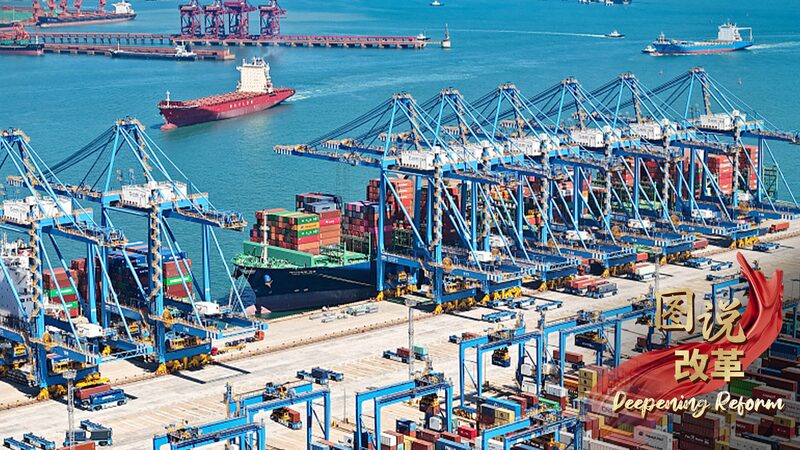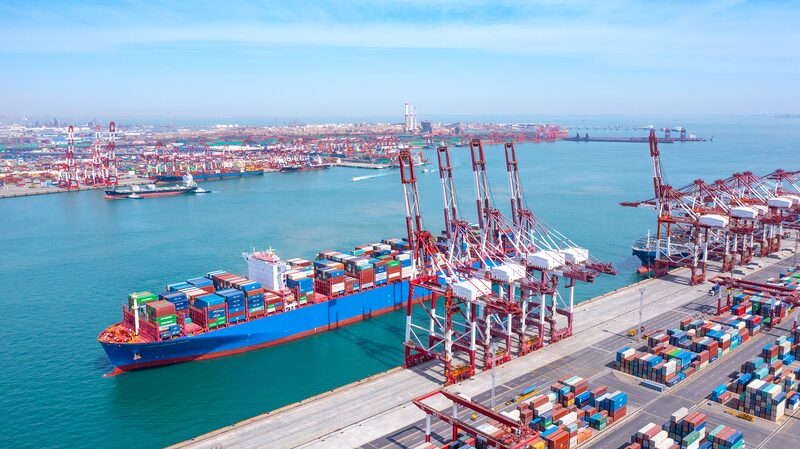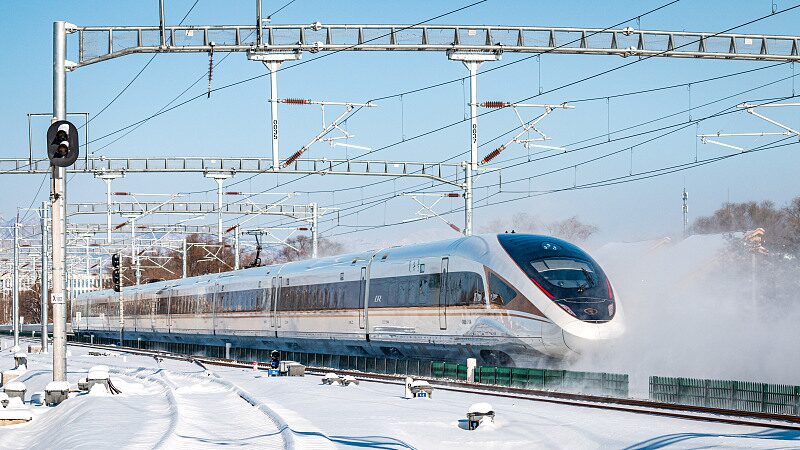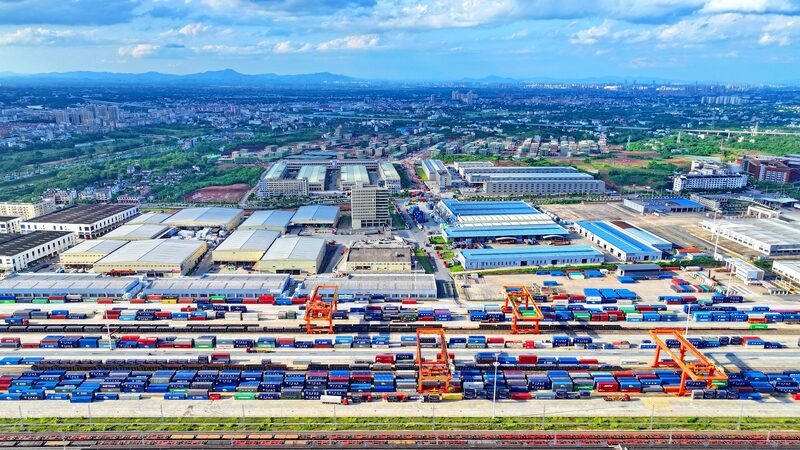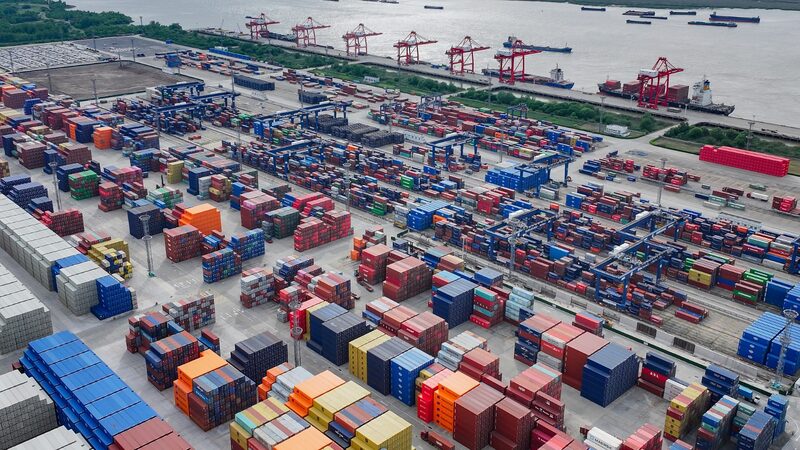Since the establishment of its first free-trade zone (FTZ) in Shanghai in 2013, China has expanded to 22 FTZs across the nation. From bustling coastal cities to central inland regions and strategic border provinces, these FTZs are at the forefront of China’s high-quality reform and opening up.
In the first two months of this year, the total foreign trade volume of these 22 FTZs surged by 11.7 percent year on year. Notably, the FTZs in Guangdong, Jiangsu, Sichuan, and Hebei provinces witnessed over 30 percent growth, while Hainan Province reported an impressive increase of over 20 percent, according to data from the General Administration of Customs.
In a significant move to boost openness, China unveiled both a national and a pilot FTZ version of the negative list for cross-border trade in services in late March. The national version, comprising 71 items, marks the first time China has formulated such a list at the national level. The pilot FTZ version contains 68 items, encompassing sectors like occupational qualifications for individuals, professional services, finance, and culture.
These initiatives aim to align China more closely with international economic and trade rules, promoting institutional opening and fostering a more conducive environment for global business engagement. By continuously refining and expanding its FTZs, China demonstrates its commitment to integrating with the global economy and driving sustainable growth.
Reference(s):
FTZs set pace for China's high-quality reform and opening up
cgtn.com
